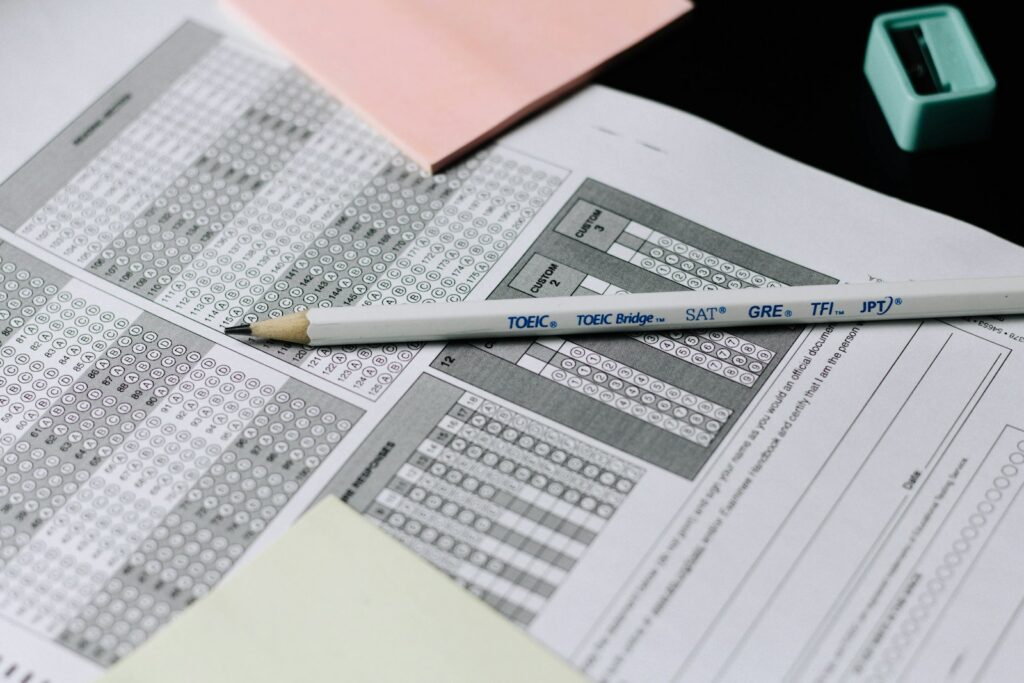
Essential Strategies for Achieving Private School Admission Success
The Secondary School Admission Test (SSAT) is a standardized test that serves as a vital component in the admissions process of private schools across the United States. Designed for students in grades 3-11, the SSAT evaluates the verbal, quantitative, and reading skills that private schools consider essential for academic success. Performing well on the SSAT can be a key factor in gaining admission to prestigious private institutions, and thus, it requires a strategic approach to preparation.
Students and parents often approach the SSAT with a mix of anticipation and apprehension, knowing the role it can play in shaping educational trajectories. With the right strategies, however, students can enhance their test-taking capabilities. Building familiarity with the exam format, practicing with sample questions, and learning effective time management techniques are pivotal steps in SSAT preparation. These methods help to reduce test anxiety, improve confidence, and maximize a student’s score potential.
Understanding the SSAT’s unique structure is also crucial. The test includes sections that measure different skills: verbal (synonyms and analogies), quantitative (mathematics), reading comprehension, and an unscored writing sample. Each section has its own set of challenges, and students benefit from tailored study plans that address their individual strengths and weaknesses. With focused effort and dedication to mastering the content and nuances of the SSAT, students can position themselves favorably in the private school admissions process.
Understanding the SSAT
To effectively prepare for the SSAT, it is crucial to be familiar with the exam’s structure, comprehend the scoring system, and be aware of when and how to register for test dates.
Overview of the Exam Format
The SSAT, or Secondary School Admission Test, is a standardized test that assesses the abilities of students seeking to enroll in private schools. The exam covers three core areas: Quantitative (Math), Verbal, and Reading. Additionally, there is a Writing sample that isn’t scored but is sent to schools to evaluate a student’s writing skills.
- Quantitative Section: Consists of two parts, challenging students with a variety of mathematical problems.
- Verbal Section: Tests vocabulary prowess through synonyms and analogies.
- Reading Section: Comprises passages followed by comprehension questions.
- Writing Sample: Involves a creative or essay writing exercise, depending on the level of the SSAT.
Scoring System Explained
SSAT scores are based on a scaled score for each section:
- Quantitative Range: 500-800 (per section)
- Verbal Range: 500-800
- Reading Range: 500-800
The total score is the sum of these three sections, resulting in a possible range of 1500-2400. It’s important to note that the writing sample is not included in the score and is evaluated separately by each school.
Registration and Test Dates
Candidates must register for the SSAT in advance, with test dates available on a rolling basis throughout the academic year. Below is a table indicating typical months when the SSAT is offered and corresponding registration deadlines:
| Month Offered | Registration Deadline |
|---|---|
| October | September |
| November | October |
| December | November |
| January | December |
| February | January |
| March | February |
| April | March |
| May | April |
| June | May |
It’s recommended that students check the official SSAT website for the most current dates and deadlines.
Test Preparation Strategies
The key to mastering the SSAT for private school admission lies in developing tailored strategies for studying, managing time, and setting realistic goals.
Setting Achievable Goals
They should begin by assessing their strengths and weaknesses in the SSAT’s various sections. This assessment allows them to set specific and measurable goals, such as improving vocabulary or mastering math concepts. They must ensure that their goals are achievable within their time frame leading up to the test.
Effective Study Plans
A study plan tailored to their needs can greatly enhance their preparation. They should create a study schedule that includes:
- Regular review sessions
- Practice tests
- Breaks to avoid burnout
In addition, they should use diverse study materials such as SSAT prep books, online practice exams, and study groups to reinforce different subject areas.
Time Management Tips
Managing time both during preparation and on the test day is crucial. They might consider:
- Allocating set amounts of time to each section during study sessions
- Practicing with timed quizzes to build pace
- Prioritizing sections that need the most practice
During the exam, they should be mindful of the clock, ensuring they have adequate time to address all sections without having to rush through.
Critical Test-Taking Techniques
To excel on the SSAT, one must adopt specific strategies tailored to the test’s format. Below, the reader will find techniques designed to enhance performance across the various sections of the SSAT.
Answering Multiple-Choice Questions
- Time Management: Allocate time judiciously, spending more on tougher questions while not lingering too long on any single item.
- Educated Guessing: When unsure, eliminate clearly wrong options to improve the chances of guessing correctly.
Tackling the Writing Sample
- Outline Preparation: Create a brief outline before writing to organize thoughts and ensure a coherent essay structure.
- Clear Thesis: Start the essay with a strong thesis statement conveying the main argument or point of the writing sample.
Mastering Reading Comprehension
- Active Reading: Engage with the text by annotating, underlining key points, and summarizing paragraphs to retain information.
- Question Analysis: Read the questions first to target relevant information in the passage, saving time and improving focus.
Quantitative Section Skills
- Fundamental Concepts: Secure a strong grasp of basic math principles, as questions often test understanding, not just computation ability.
- Practice Word Problems: Solve a variety of word problems to become familiar with different ways questions may present mathematical concepts.
Additional Resources
To optimize SSAT preparation, students should consider various additional resources that cater to different learning styles and needs.
Recommended Study Materials
- Official SSAT Guidebook: The Official Guide to the SSAT provides comprehensive content review, strategies, and official practice questions.
- Reference Books: Books like McGraw Hill’s SSAT/ISEE and Barron’s SSAT/ISEE offer in-depth material coverage and additional practice.
| Study Resource | Focus Area | Suitable For |
|---|---|---|
| Vocabulary Flashcards | Expanding vocabulary | Self-learners |
| Math Workbooks | Math concept reinforcement | Students needing extra math practice |
Practice Test Utilization
- Diagnostic Tests: Initial practice tests help identify strengths and weaknesses.
- Timed Practice: Regular timed practice tests mimic the actual test environment and improve time management skills.
- Take at least one practice test under timed conditions every week.
- Review answers thoroughly, focusing on understanding errors made.
Tutoring and Support Options
- Private Tutors: Offer personalized strategies and feedback.
- Online Platforms: Websites like Khan Academy provide free lessons on various topics, useful for additional practice.
| Support Type | Description | Considerations |
|---|---|---|
| Small Group Classes | Combines peer interaction with targeted instruction | More affordable than private tutoring |
| Test Prep Centers | Offer structured programs and seasoned instructors | Requires commitment to a schedule |




